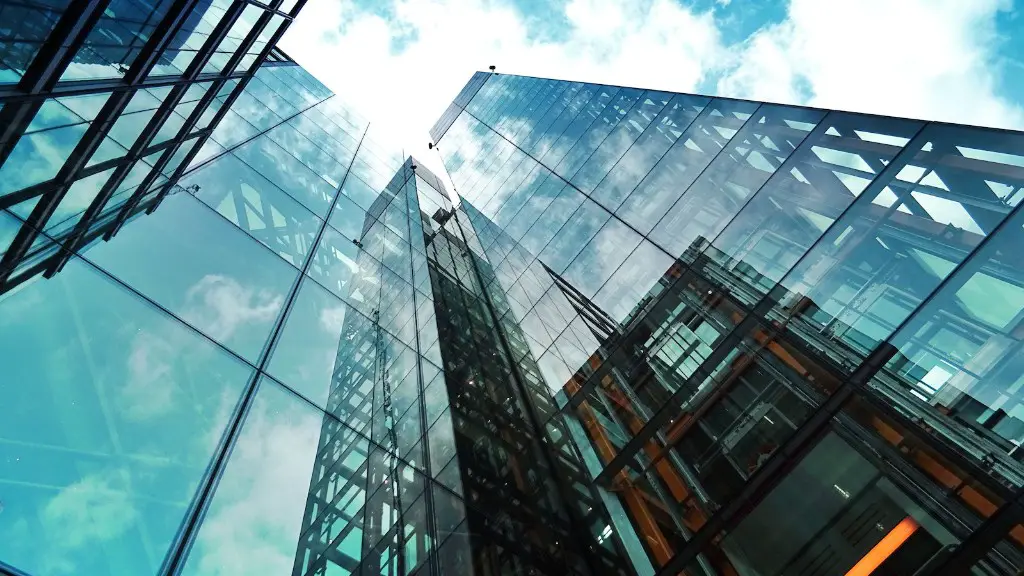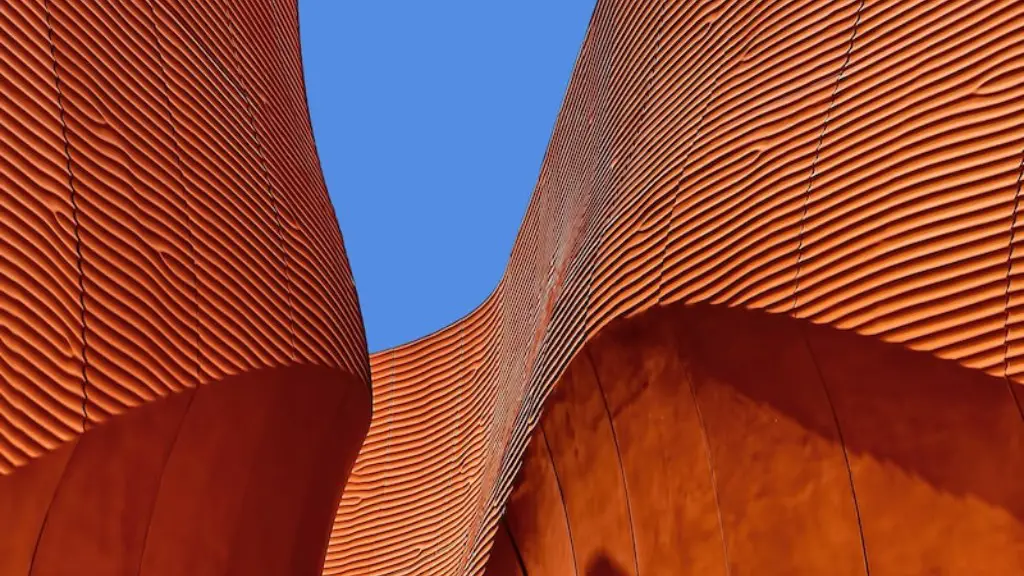Technology has drastically changed the face of architecture. CAD software has allowed for much more complex and intricate designs, while 3D printing has opened up new possibilities for construction. New materials and methods of construction are constantly being developed, making it possible to build structures that were once impossible.
Over the years, technology has changed the way architects design and construct buildings. In the past, architects relied on hand-drawn plans to communicate their ideas to clients and contractors. Today, most architects use computer-aided design (CAD) software to create detailed plans and models of their buildings. This allows them to experiment with different designs and to make changes quickly and easily.
Construction methods have also changed thanks to advances in technology. For example, steel-frame construction, which was once only used for tall buildings, is now used in a variety of structures. This is thanks to the development of new methods for cutting and shaping steel beams.
Technology has also had an impact on the way buildings are heated and cooled. In the past, most buildings relied on inefficient heating and cooling systems that used a lot of energy. Today, however, buildings can be designed to take advantage of natural ventilation and passive solar heating and cooling. This has not only made buildings more energy-efficient, but has also made them more comfortable for occupants.
How will technology change architecture in the future?
Robots are increasingly becoming a staple in the architectural industry as they provide a more efficient and cost-effective method of performing various tasks. From construction to surveying and delivery, robots are quickly proving their usefulness in a variety of ways. As the technology continues to advance, it is likely that even more applications for robots in architecture will be developed, further revolutionizing the way that buildings are designed and constructed.
Technology has had a major impact on the role of architects. Architects are now expected to be more broad-based and to integrate the building industry with other industries. This has led to the development of new roles such as sustainability consultants, green architects, visualization experts, and building systems designers.
How does architecture evolve with society and technology
Technology has definitely changed the way we design. Computer-aided drafting, BIM modeling, and virtual reality have made it much easier to bridge between vision and reality, create unique and complex shapes and convey information in ways that have never been seen before.
Modern architecture is now more dedicated to creating a natural flow to the building. Accessible design is a direct result of this increased versatility. It helps ensure that everyone has quick access to functional and adequate spaces in both private and public contexts.
Why is technology used in architecture?
There was a consensus among the participants that technology is and should continue to be used to reduce the time spent on laborious, time-consuming activities, such as drawing legibility. Technological information that is provided in real time is much more relevant to design quality than having a tool that improves the legibility of drawings.
As time goes on, people have different ideas about what looks good and what doesn’t. Architects have to constantly adapt their designs to stay ahead of the curve and meet the ever-changing demands of the public. Additionally, as we learn more about how buildings affect the people who use them, we make changes to architecture to improve the experience for everyone.
What is the digital in architecture then now and in the future?
SPACE10’s report examines the ways in which digital tools for design and fabrication have transformed architecture over the past few decades. The report looks at the history of digital technology in architecture, its current use, and future potential. The report argues that digital technology has allowed architects to create more complex and intricate designs, while also reducing the cost and time of construction.
Architectural technology is a discipline that applies technical knowledge and skills to the design and construction of buildings. It includes the analysis, synthesis and evaluation of building design factors in order to produce efficient and effective technical solutions.
Architectural technology is closely related to other disciplines such as engineering, project management and construction management. It is an important part of the building design process and plays a vital role in the successful delivery of construction projects.
What are the influences of modern architecture
Modernism in architecture continued to flourish into the 1970s and 1980s, later falling out of fashion and being criticised for the very minimalism it was once praised for.
3D printing technology is revolutionizing the architecture industry by allowing for the quick and efficient creation of buildings. This new technology has the potential to drastically change the way architects work, as it makes it possible to construct entire buildings in a fraction of the time it would normally take. This could lead to a more efficient and cost-effective construction process, as well as new possibilities for design and customization.
How has modern architecture evolved?
Modern architecture emerged at the end of the 19th century as a result of new technologies, engineering advances, and changes in building materials. Architects were looking to break away from traditional styles and create something that was purely functional and new. This new type of architecture was characterized by its simple, clean lines and lack of ornamental details. It was designed to be efficient and practical, and to blend in with its surroundings.
Designers are finding that they can use digital design tools to communicate their ideas more quickly and accurately, even at early stages of the design process. This is because digital design allows both designers and clients to see the results of their ideas in three dimensions, which can give them a better understanding of the space and how it can be used. Additionally, digital design tools can help designers to save time and money by allowing them to make changes and test out different ideas more easily.
What are three things that impact architecture
Geography, climate, and commercial stair design are the top three factors that influence architectural design. imagination and style also play an important role in the design process. however, many clients don’t have any specific requirements when it comes to religion or technology.
As buildings become more energy efficient and low-consuming, we expect to see an increase in the number of water recycling systems and improved natural lighting. These improvements will help to reduce the overall impact on the environment.
Social impact design is a growing field within the design industry that seeks to address complex social, economic, and environmental challenges through a community-driven approach. By working with communities to identify their needs and co-create solutions, social impact designers can help create more equitable public spaces and improve quality of life for all.
In the past, the relationship between designers and architects was much closer. With the advent of technology, however, the two professions have become more and more distant from each other. Architects are now mainly concerned with the construction of buildings, while designers focus more on the visual aspects of design. This has created a rift between the two professions, which is reflected in the way they approach projects.
Warp Up
With the advent of new technologies, architecture has undergone a radical shift. No longer are buildings designed using traditional methods; now, they are created using sophisticated computer software. This has allowed for a greater precision in the design process, as well as a greater level of creativity. Additionally, new construction techniques have made it possible to build taller and more complex structures than ever before.
Over the past few decades, technology has changed the field of architecture in a number of ways. Perhaps the most significant change is the way that architects now use computer-aided design (CAD) to create their drawings and models. This technology has not only made the design process easier and faster, but it has also allowed for a much higher level of precision and detail. In addition, the use of 3D printing technology is beginning to change the way that architects create prototypes and models of their designs. This technology allows for a much more accurate representation of the final product, and it can also be used to create life-size models.





